In spite of great attempts made by Tehran's regional and international rivals, and their corresponding foreign intelligence operations to get the general sense of streets of Iran during the unrest and the future of the Islamic Republic, their efforts were in vain.
From the beginning, most political observers believed that the protests might endanger the stability of Iran; however, rioters did not enjoy broad support by ordinary people. Security forces snuffed out the protests quickly and the unrest in Tehran and other cities abated in just a few days.
There are several hypotheses that may explain the causes of recent protests and mayhem in Iran.
The first hypothesis was put forward by some reformists and some officials in Rouhani's government claiming that conservative leaders in Mashhad were behind the rising storm of protests.
Es’hagh Jahangiri, the Vice President, accused the conservatives of organizing movements against the government, warning that they would suffer the consequences of this “adventure.” In this context, the Iranian newspaper "Jomhouri Eslami" wrote: There is no doubt that the wealthy groups who sought revenge against president Rouhani began to call for demonstrations but they couldn't control them.
The second hypothesis is based on the conspiracy theory which establishes connections between foreign foes' efforts to foment unrest and protests in Iran. Iranian Secretary of the Expediency Council, and former IRGC Commander, Mohsen Rezaei, supports this idea saying, “The scenario put into practice in Iran in recent days was plotted months earlier in Erbil in Iraq by some regional monarchists and the US”
He set out some arguments accusing the CIA head of Special Activities Division (SAD), of holding a meeting in Erbil with the Chief of staff of Saddam’s son Qusay Saddam Hussein, Saddam’s brother-in-law, Barzanis’ representative, MKO representatives, and Saudi Arabian agents in order to start the toppling of the establishment in late December, using the cyber space, and to follow up January and February with operation codenamed as the Strategy of Resultive Convergence"
Iran's Leader Ayatollah Seyyed Ali Khamenei also endorsed this idea while he admitted that economic problem was a factor in the recent riots which swept the country. He stressed that American authorities bore primary responsibility for instigating a week of protests in Iran.
The third hypothesis, however, indicates that recent disturbances are due to economic woes, especially last year after the collapse of the Caspian Credit Institute, which promised depositors returns often seen in Ponzi schemes.
Inflation, initially brought under control by Rouhani, has slipped back into double digits, according to recent reports. He cut some subsidies offered by his predecessor, Mahmoud Ahmadinejad. Those subsidies benefited rural and poor voters in the provinces, the same people who appear to have taken to the streets in the recent protests, initially sparked by food prices.
That's while the forth hypothesis argues that Iranian intelligence had enough information about activities of sleeper cells all around the country. In fact, Iranian security services were monitoring suspicious groups and were waiting for a proper opportunity to trick them. The Lebanese political analyst Hakam Amhaz claims that intelligence services in Iran could turn the protests into a trap to hunt dormant cells and other unwanted groups in Iran. They made the protests bait to flush these operators out.
The Intelligence service and Islamic Revolutionary Guard Corps (IRGC) allowed these groups to continue under their eyes and control, but Iran's rivals and their intelligence felt the opportunity had come to call up their groups and send them into the front lines of protests.
Though we don't have adequate data to support the idea that conservatives and Rouhani’s rivals played a key role in these disturbances, nobody can deny that Iran's economic challenges provide ample opportunity to provoke the unrest and security problems. Add to that, new alliances against Iran in the region, particularly recent Israel-Persian Gulf alignments as well as Trump’s hostile strategy on Iran.
Israeli officials claim that rhetorical support for the Iranian protesters is not enough. They say the US, with the help of its allies, including Israel and Arab countries, must work 24/7 to provide arms for the protesters against the Islamic Republic of Iran, calling the Trump Administration to plan a rudimentary network to provide arms and intelligence, believing that creating a rebellion is all about coalition-building. They argue that a massive coalition of disparate countries can bring down the government in Iran.
Security sources in Iran believe that Americans have started a new phase of sanctions in which they will target Iran’s economy and at the same time challenge its security. The Department of the Treasury has a complicated plan to pursue the organizations that have financial exchanges with Iran. The point is that new sanctions are comprehensive as it put various sectors of the economy on the SDN list to crack down on Iran's financing. These kinds of sanctions will devour economic institutes in Iran like a Black Hole.
Above all, these sanctions are designed to raise the level of public dissatisfaction toward government performance and subsequently create security threats inside the country.
In light of this information, Iran's accusations of the "intelligence services" run by "Dark Prince", the man who must start carrying out President Trump’s plans becomes meaningful.
That's why Iran's Public Prosecutor Mohammad Jafar Montazeri claimed that the mastermind of the project was an American named Michael D’Andrea, former Chief of the CIA's Counter Terrorism Center, current head of the Agency's Iran Mission Center, with operations composed of three sides, namely the US, the Zionist regime and the Saudis.
What makes matters more complicated is that that former CIA and government officials are in the United Arab Emirates with promises of lucrative careers. The facilities and courses are part of the United Arab Emirates’ nascent efforts to create a professional intelligence cadre modeled after the West’s.
It seems that some of the Persian Gulf monarchies still are planning to carry out coups from Turkey to Iran using economic chaos to change the map of the Middle East.
YNG/ PR

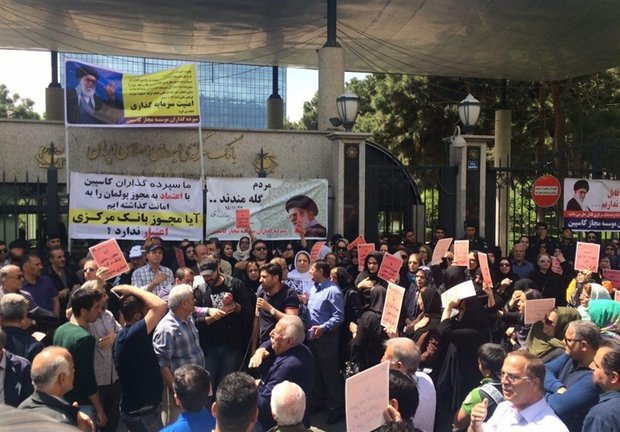
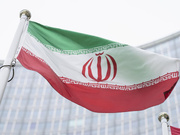
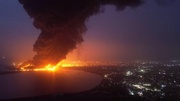

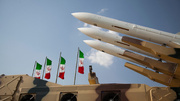

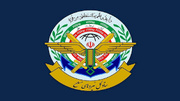
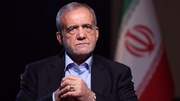
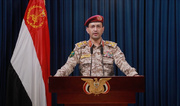

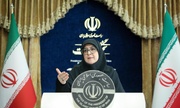




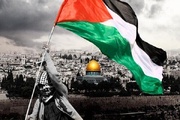

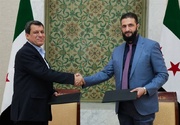
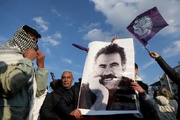
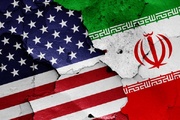
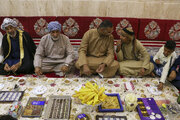

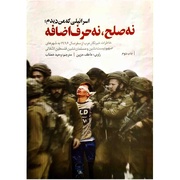
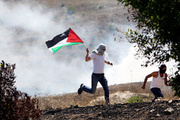
Your Comment